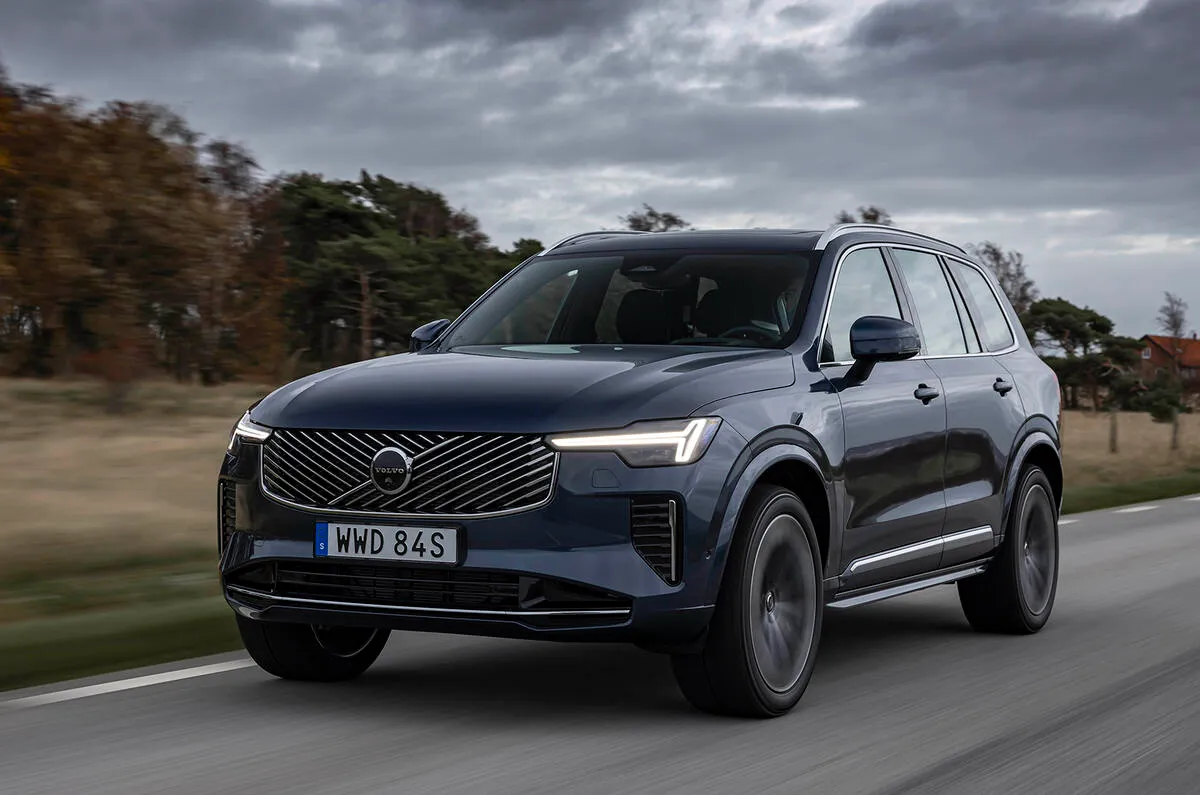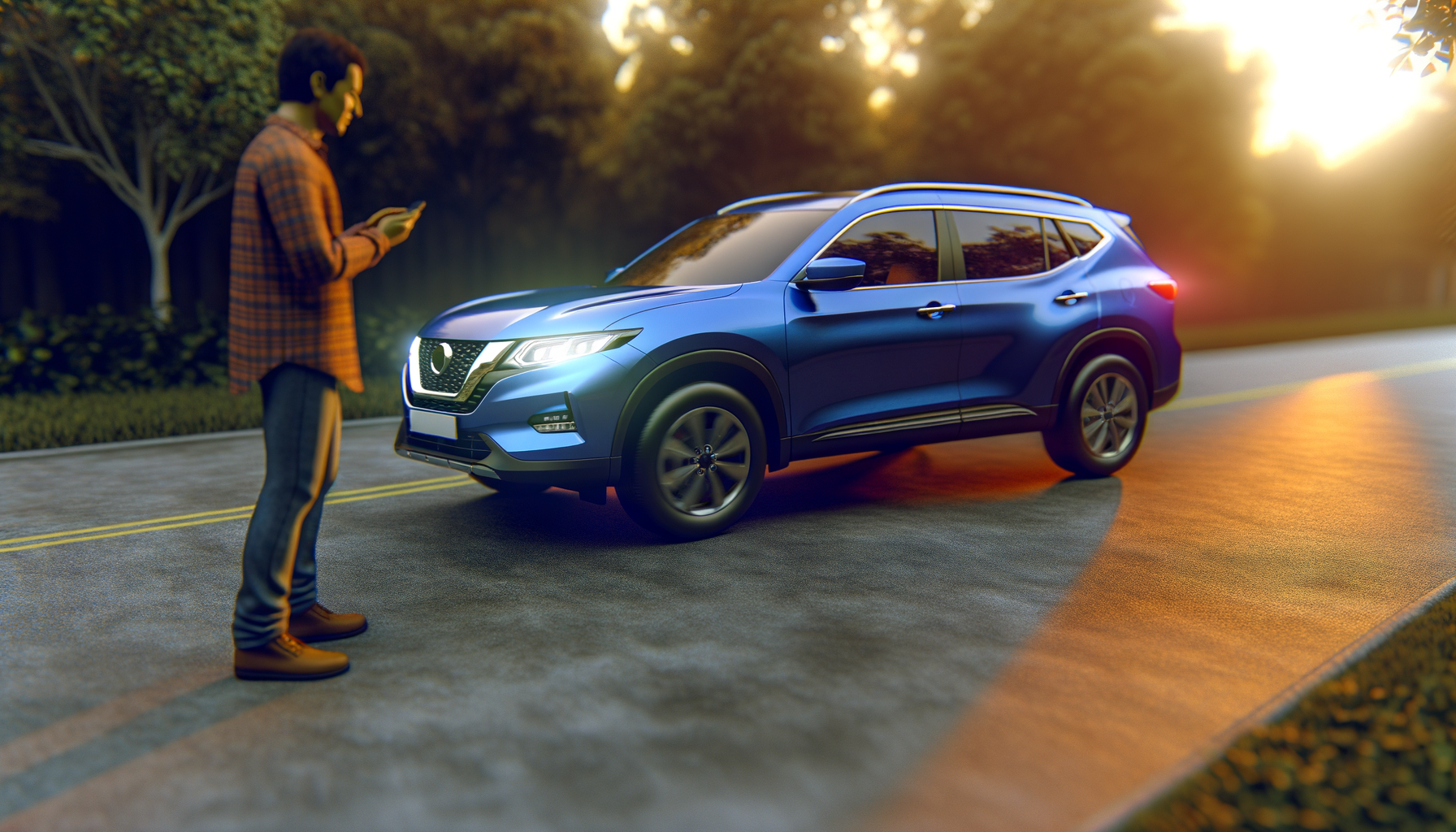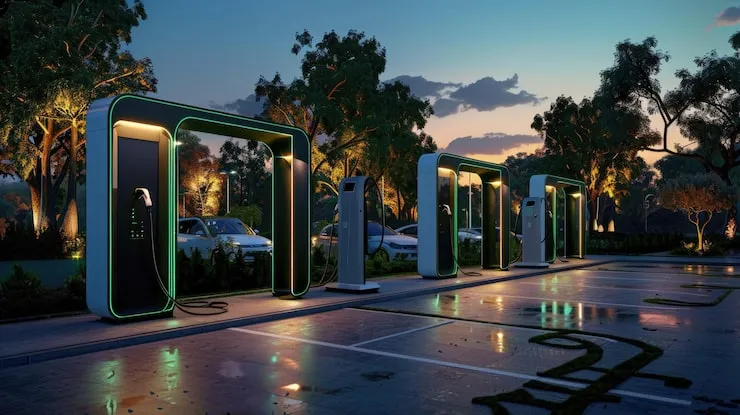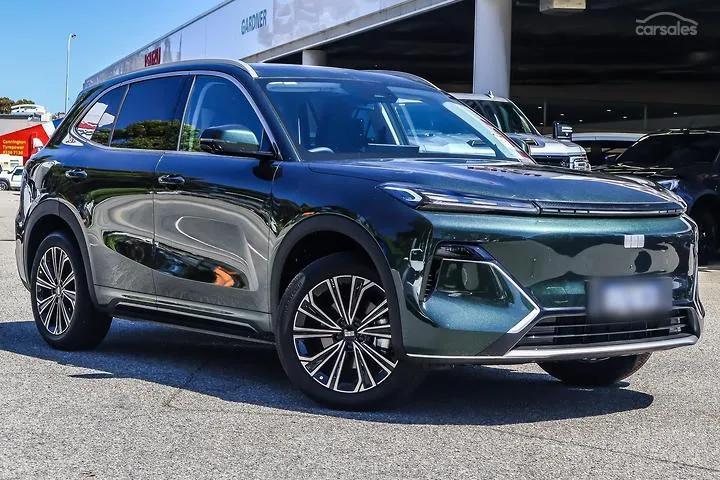Blind spot monitoring is one of the best automotive safety features. They identify cars in your blind spot using cameras or sonar. Most light up a little emblem in the side-view mirror and sound an alarm if you change lanes. These systems usually have rear cross-traffic alert (RCTA). When backing out of a parking place, they warn you of automobiles coming down the aisle you may not notice. Blind-spot monitoring cannot replace mirror checks and shoulder checks, yet we all overlook stuff. These eight automobiles have great blind-spot monitoring.
Top 10 cars with blind spot monitoring features
2017 Volvo XC90
Volvo has always prioritized visibility. As the first carmaker to provide a wide-angle side view mirror in 1979, they were also the first to offer an electrical blind spot monitoring system. Volvo launched the Blind Spot Information System (BLIS) on their 60- and 70-series cars in 2005, advancing automobile safety. BLIS is still available on all Volvo cars today. The Swedish carmaker aims to eliminate fatalities and serious injuries in all new automobiles by 2020. The XC90, a contemporary crossover we love to drive, has Volvo's newest safety systems and old favorites like blind spot monitoring.
Mazda Mazda3
Mazda, another early adopter of blind-spot monitoring systems, offers it in all of their vehicles, even the bargain Mazda3. We're glad advanced safety technologies are coming to cheaper autos. Our favorite tiny car is the Mazda3, known for its fun-to-drive nature. The modern safety features, such as blind spot monitoring, enhance its desirability.
Cadillac CT6
Blind-spot monitoring systems beep to tell you that a car is in your blind spot, which informs everyone in the car. We enjoy General Motors' Safety Alert Seat, first featured in Cadillac luxury automobiles. The technology vibrates the seat cushion instead of beeping, with the left side for left cars and the right side for right cars. It's an excellent reminder, hard to ignore for the driver, yet discreet, so no one in the car needs to know you nearly hit a school bus. Our favorite Cadillac is the CT6, which has the Safety Alert Seat. This large, luxury automobile matches the Germans in handling and driver appeal.
Chevy Equinox
Chevrolet launched the Safety Alert Seat in high-end models, but it is now available in more economical vehicles like the 2018 Chevrolet Equinox. One of the many reasons we enjoy the new Equinox is its safety features. In case you disregard the Safety Alert Seat, OnStar, a subscription-based system in all Chevy models, will automatically contact for help if the car is in an accident and dispatch emergency personnel if the occupants inside cannot answer.
Ford F-150
Most blind spot monitoring systems cover the vehicle's blind zone, but what about trailers? Even with a good mirror, assessing the trailer's length and what's alongside it is difficult. The Ford F-150 truck features a blind spot monitoring system for bumper-tow trailers up to 30 feet long. Simply enter your trailer information, and the F-150 will compensate and monitor the length. In addition to this trailer trick, the F-150 includes an automatic system that makes backing up easy. Ford's F-250 and F-350 Super Duty trucks have this feature, however it doesn't operate with gooseneck and fifth-wheel trailers.
Honda Fit
This is an honorable mention as the Honda Fit does not feature a typical blind-spot warning system. Instead, Honda installs Lane Watch, a tiny wide-angle camera in the right-side mirror that shows on the center screen. The camera contains guide lines that signal when a car behind you is clear of the back bumper and has a broader field of view than the mirror or a peek over your shoulder. We love the idea, even though it solely protects the passenger. Every industry is embracing backup cameras, and we hope they'll follow Honda's LaneWatch camera.
Hyundai Ioniq
We're glad Hyundai's new Ioniq, a green car with hybrid, all-electric, and (coming soon) plug-in hybrid models, offers blind spot monitoring as an optional feature. Good safety technology should be inexpensive. The Ioniq is the hybrid the market has been waiting for for its exceptional fuel efficiency and low price. We're happy Hyundai placed a blind-spot monitoring system in the Ioniq's options list after cutting costs.
Jeep Renegade
We've enjoyed watching blind spot monitoring develop from a luxury feature on select high-end vehicles to a popular choice (and gradually standard equipment on more cars) over the last twelve years. Although not standard, blind spot monitoring is available as a low-cost option on all Jeep Renegade models save the entry-level model. Jeep Renegade's feisty demeanor and off-road talents are appealing, and we appreciate that it can be specified with a strong safety package.
E-Class Mercedes
Most blind spot monitoring devices alert drivers by generating noise or shaking the seat cushion. Mercedes' Active Blind Spot Assist goes further: if the car drifts toward a vehicle in your blind spot, it brakes on the other side to steer back into your lane. The technology uses the brakes rather than the steering, so a driver can easily override it with corrective steering (though why you'd purposely steer into a car in your blind zone is beyond us.) Active Blind Spot Assist is offered in the E-Class, a luxurious sedan, and other Mercedes-Benz automobiles.
Fiat 124 Spyder
Blind spot monitoring is available in the Fiat 124 Spyder, a popular two-seat convertible. The Fiat 124 Spyder's outward view is nearly unrestricted with the top down, but with the top up, you can miss automobiles sitting close off your quarter panel. Even computerized eyes observing the road beside you can't hurt.













